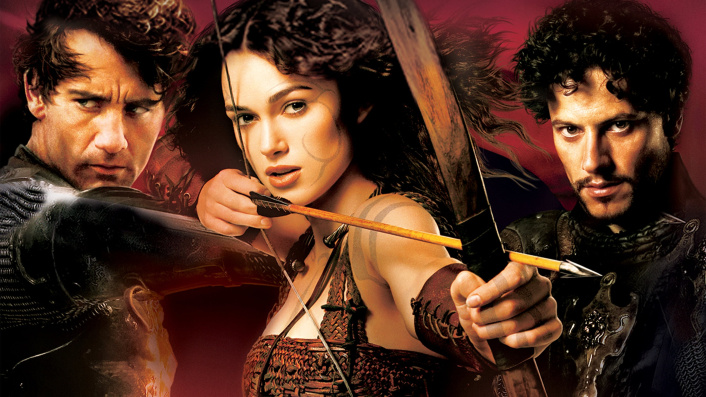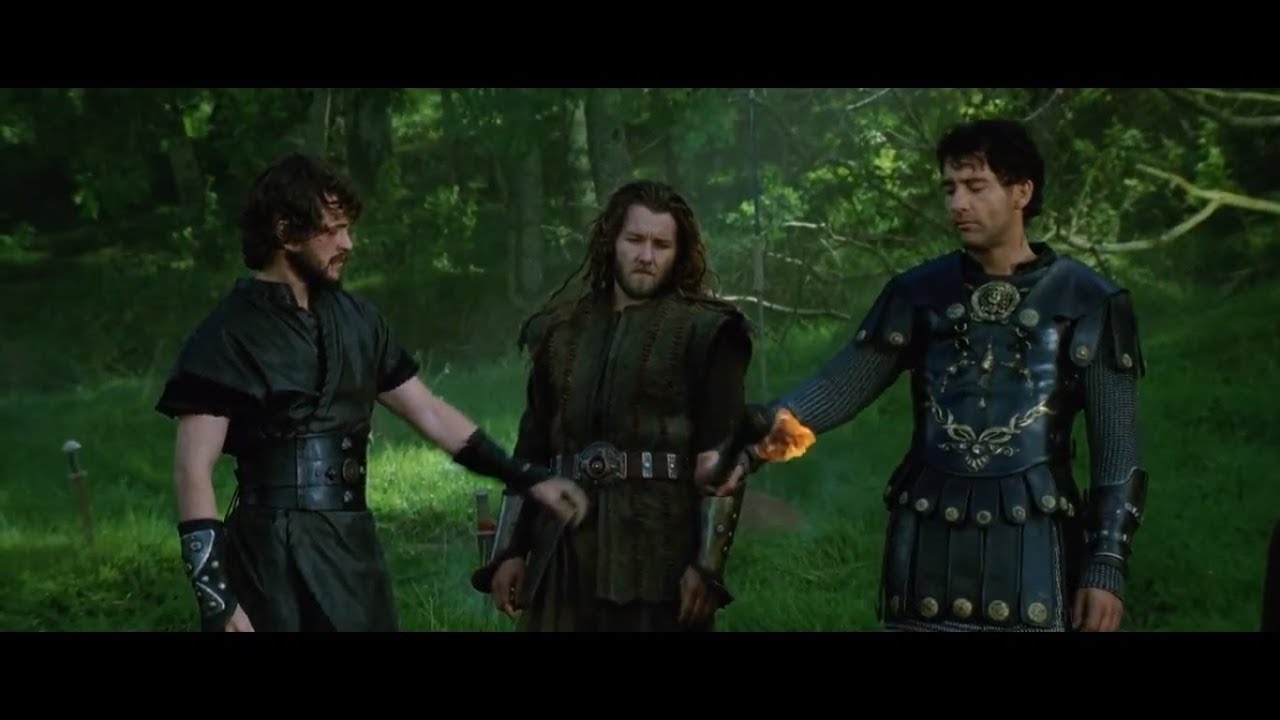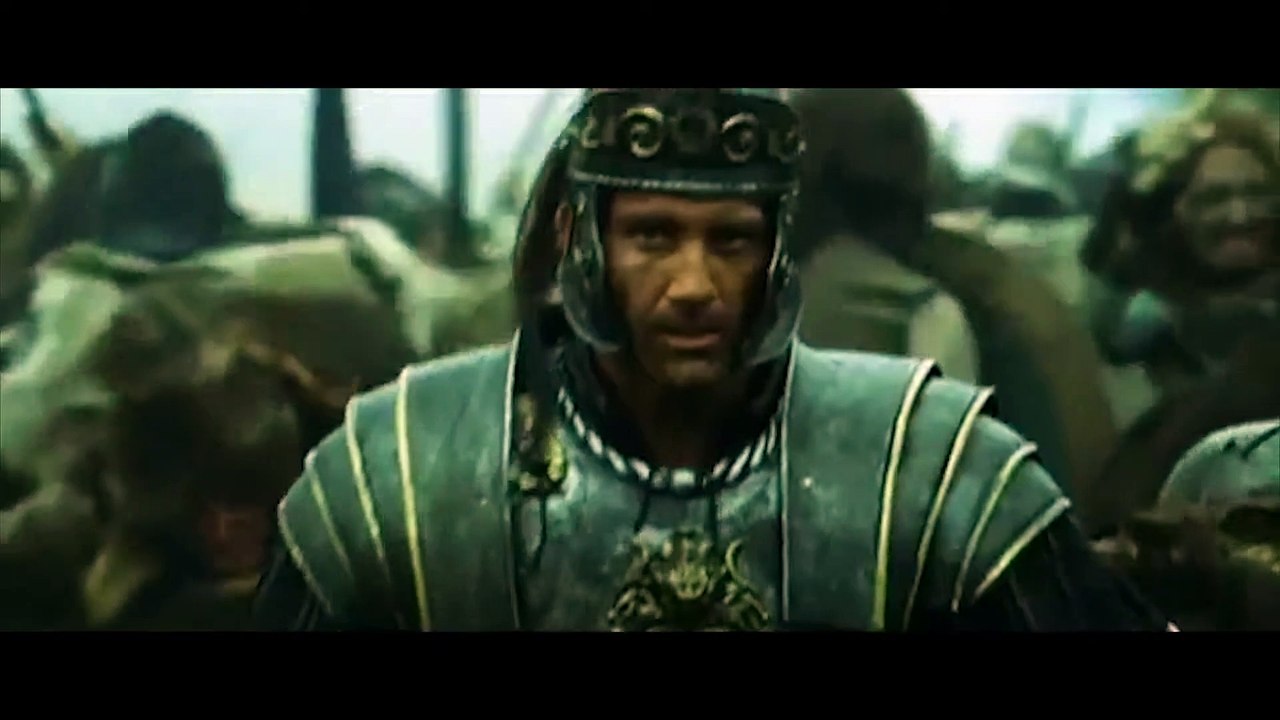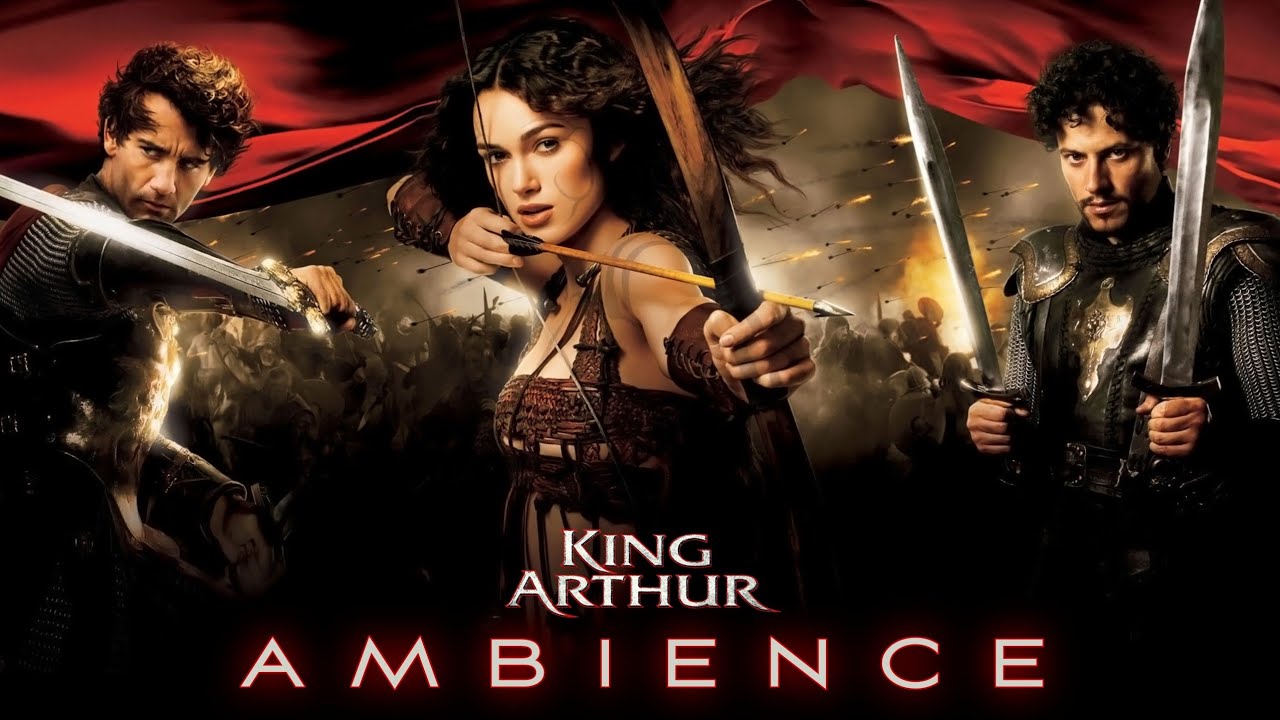🎬 King Arthur (2004): A Gritty Reimagining of a Timeless Legend

King Arthur (2004), directed by Antoine Fuqua, offers a grounded and historical take on the legendary figure of King Arthur, moving away from the myth and magic typically associated with the tale. Starring Clive Owen as Arthur and Keira Knightley as Guinevere, the film reimagines the Arthurian legend as the story of a Roman-British leader defending his homeland from Saxon invaders. With its grittier tone, intense battle sequences, and focus on historical realism, King Arthur attempts to retell the story as a down-to-earth, action-packed epic.
Plot Overview:
Set in the 5th century, King Arthur reimagines Arthur not as a mythical king, but as a Roman-British commander named Artorius (Clive Owen), tasked with leading a group of Sarmatian knights who have served the Roman Empire for 15 years. As Rome withdraws from Britain, Arthur and his knights—Lancelot (Ioan Gruffudd), Galahad (Hugh Dancy), Gawain (Joel Edgerton), Tristan (Mads Mikkelsen), and Bors (Ray Winstone)—prepare to leave the service of Rome and seek their freedom.
However, before they can depart, Arthur is given one final mission by the Roman bishop Germanus: to rescue an important Roman family from the invading Saxons, led by the brutal Cerdic (Stellan Skarsgård) and his son Cynric (Til Schweiger). During the mission, Arthur and his knights encounter the Woads, a group of native Britons led by Guinevere (Keira Knightley) and Merlin (Stephen Dillane), who are fighting to defend their homeland from the Saxons.
As the Saxon threat looms, Arthur is forced to choose between his loyalty to Rome and his duty to the people of Britain. With the help of Guinevere and Merlin, Arthur rallies his knights for a final battle to protect the land they have come to love. The film culminates in an epic showdown between Arthur’s forces and the Saxon invaders, solidifying Arthur’s legacy as a leader of men and protector of Britain.
Character Development and Themes:

Clive Owen’s portrayal of Arthur is somber and reserved, presenting the character as a weary leader caught between duty and personal desire. Owen’s Arthur is a man of honor, torn between his allegiance to Rome and his growing realization that his true duty lies with the people of Britain. Unlike traditional depictions of King Arthur, this version of the character is more pragmatic and introspective, focused on survival and leadership rather than the chivalric ideals often associated with the legend.
Keira Knightley’s Guinevere is a warrior in her own right, far removed from the romanticized damsel of earlier Arthurian adaptations. As a member of the Woads, she is a fierce fighter who believes in defending her people’s freedom. Knightley’s portrayal of Guinevere emphasizes strength and independence, making her an active participant in the story’s action rather than just a love interest for Arthur. Her relationship with Arthur is more understated, focusing on mutual respect and shared ideals rather than passionate romance.
The knights of the Round Table are reimagined as Arthur’s loyal Sarmatian soldiers, each with distinct personalities and skills. Ioan Gruffudd’s Lancelot serves as Arthur’s closest confidant, though he is more cynical and questioning of their cause. Ray Winstone’s Bors provides comic relief, while Mads Mikkelsen’s Tristan is the stoic and deadly warrior. Though the film doesn’t delve deeply into each knight’s backstory, their camaraderie and loyalty to Arthur are central to the story.
Stellan Skarsgård’s Cerdic is a menacing antagonist, portrayed as a ruthless and calculating Saxon leader who sees no value in negotiation or peace. While Cerdic’s character lacks depth, his presence adds a tangible threat to the film’s climactic battle, and his confrontations with Arthur serve as a stark contrast between their differing leadership styles.
The film’s themes center around freedom, loyalty, and leadership. Arthur’s journey is one of self-discovery, as he grapples with his responsibilities as a leader and his desire for personal freedom. His eventual realization that his true duty lies with the people of Britain reflects the film’s focus on the idea of choosing one’s own path and fighting for a greater cause. The relationship between Arthur and his knights highlights the theme of brotherhood, as these men are bound not by blood or nationality, but by shared loyalty and respect.
Action and Visual Style:

King Arthur is known for its gritty, realistic portrayal of battle, far removed from the mythic fantasy often associated with the Arthurian legend. The film’s combat scenes are intense and visceral, with a focus on hand-to-hand combat, brutal swordplay, and large-scale battlefield tactics. The film’s most iconic sequence is the climactic battle on a frozen lake, where Arthur and his knights face off against the Saxon army in a visually striking and suspenseful showdown.
Antoine Fuqua’s direction emphasizes the harshness of the time period, with muddy landscapes, grimy characters, and a constant sense of impending danger. The film’s muted color palette, filled with grays and browns, reflects the somber tone of the story. The cinematography, by Slawomir Idziak, captures the beauty of the British landscape while maintaining the film’s grounded, realistic aesthetic.
Hans Zimmer’s score, with its sweeping orchestral themes and haunting vocals, enhances the film’s epic scope. The music adds emotional weight to the action sequences and underscores the characters’ internal struggles, making it one of the film’s standout elements.
Criticism:
While King Arthur is praised for its gritty realism and action sequences, it has received mixed reviews for its storytelling and character development. Some critics feel that the film’s attempt to strip away the myth and magic of the Arthurian legend results in a less compelling narrative. By focusing on a more historically grounded version of the story, the film loses some of the grandeur and mystique that make the Arthurian tales so enduring.
Additionally, the film’s characters, while well-acted, are not as fully developed as they could be. The knights, in particular, are given minimal backstory, making it difficult for the audience to connect with them on a deeper level. The film’s pacing is also uneven at times, with the final battle feeling rushed in comparison to the slower buildup of the first half.

Final Thoughts:
King Arthur (2004) is a bold reimagining of the Arthurian legend, offering a grittier, more historically grounded take on the iconic story. While it may not satisfy fans of the more fantastical elements of the myth, the film’s intense action sequences, strong performances, and exploration of leadership and loyalty make it an engaging historical epic.
For those who enjoy a more realistic, battle-heavy approach to classic legends, King Arthur provides a fresh perspective on a well-known tale. It’s a film that focuses on the human side of heroism, showing Arthur and his knights as flawed yet noble warriors fighting for a cause greater than themselves.
Movie Information:
- Title: King Arthur
- Director: Antoine Fuqua
- Starring: Clive Owen, Keira Knightley, Ioan Gruffudd, Mads Mikkelsen, Ray Winstone, Stellan Skarsgård
- Genre: Action, Adventure, Historical
- Release Date: July 7, 2004
- Running Time: 126 minutes
- Rating: PG-13
- Plot Summary: In 5th century Britain, Roman-British commander Arthur and his knights, bound by service to the Roman Empire, are given one last mission: to rescue a Roman family from an invading Saxon army. As they battle for their freedom, Arthur must decide where his true loyalty lies—with Rome or with the people of Britain.
SUGGESTED VIDEO FOR YOU:
[Movie Review] The Beekeeper 2 (2025): A Secret Agent’s Battle Against a Fraud Syndicate
[Movie Review] The Killer’s Game (2024): A Deadly Contract, A Race Against Time











